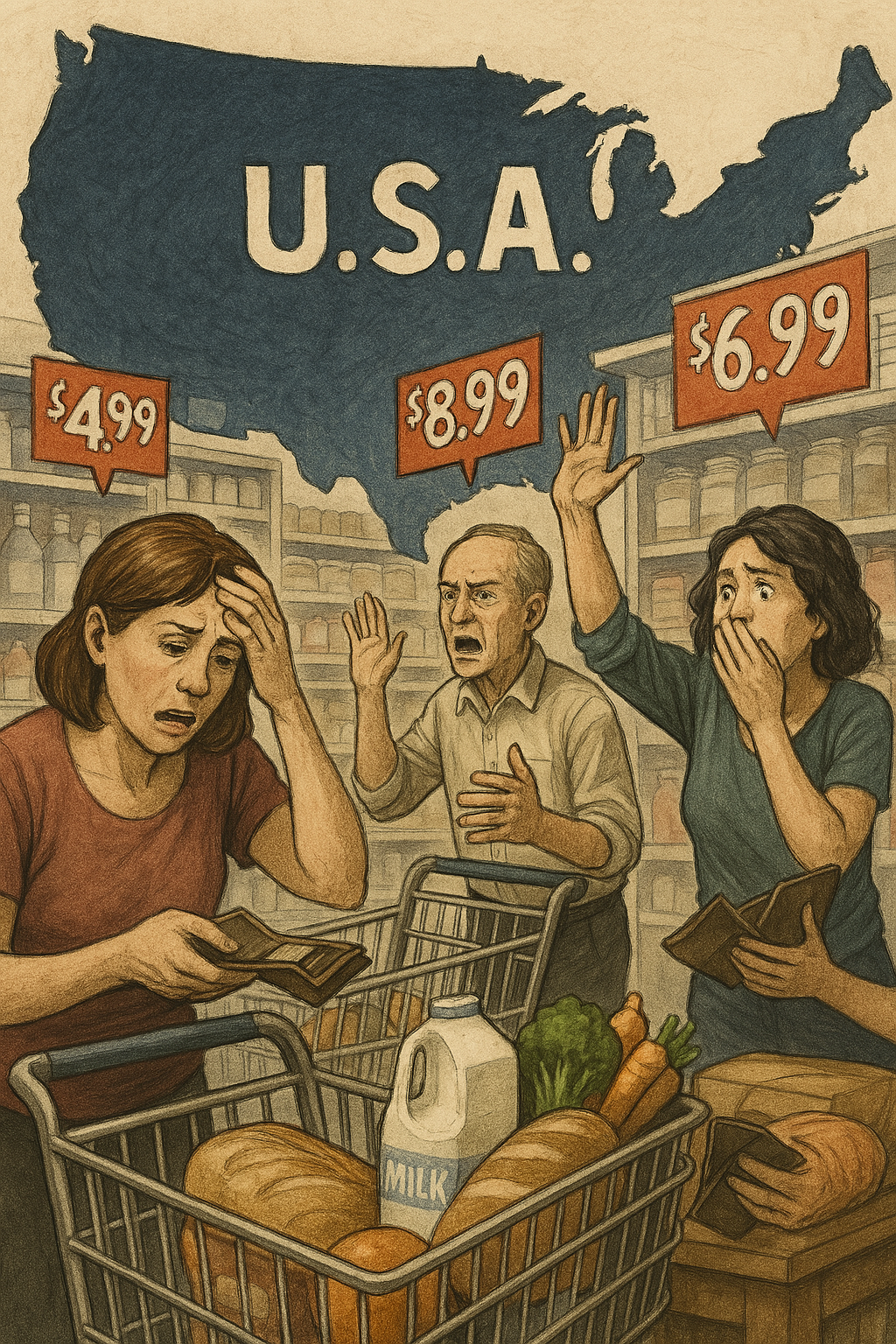🌎 Global Trade and Tariffs 2025: A New Economic Battle
Global trade is entering a turbulent era. In 2025, the U.S. raised tariffs on imports from China, Canada, and Mexico. These moves sparked waves across global supply chains, significantly impacting prices, manufacturing, and diplomacy.
As the U.S. hardens its trade stance, industries worldwide face new challenges. Meanwhile, some are adapting fast—others are struggling. The big question is: Who will thrive in the new global trade order?
💥 Tariffs and Their Impact on U.S. Prices
What Happens to Consumer Goods in 2025?
U.S. tariffs act like taxes on imported goods. As of Q1 2025, tariff rates have climbed 5% on average. Consequently, this increase hit industries hard—especially electronics, autos, and textiles.

For example, cars built with Mexican parts cost 3.5% more. Ford and General Motors both raised prices. As a result, American households now pay more for everyday items, from clothes to tech.
🔄 How Tariffs Disrupt Global Trade
Global Ripple Effects of U.S. Tariff Policy
Tariffs don’t just raise prices—they reshape trade routes. Therefore, countries affected by U.S. tariffs are responding fast:
- Canada has retaliated with tariffs on U.S. steel and farm goods. Furthermore, it is expanding trade with the EU and Asia.
- Mexico is pursuing deals with Southeast Asia and Europe. It wants to reduce its dependency on U.S. markets.
- China responded with tariffs on U.S. agriculture and a strong pivot to domestic consumption. Moreover, regional trade pacts and local production are rising.
📖 Source: World Bank Report on 2025 Trade Shifts
📉 Which Industries Suffer Most?
Who’s Losing in Global Trade and Tariffs 2025?
Industries relying on imports struggle the most. Auto manufacturers, construction firms, and electronics brands are absorbing higher costs. As a result, some pass these costs to consumers. Others see stock value drop.
📈 Who’s Thriving Under Tariff Pressure?
Which Sectors Benefit from Global Trade Shifts?
Not all is bleak. In fact, domestic-focused industries are gaining:
- Lumber: U.S. producers like West Fraser Timber thrive as foreign wood becomes costlier.
- Steel: U.S. companies like Nucor benefit from reduced foreign competition.
- Tech: Apple and Microsoft remain strong, thanks to digital service revenue and supply chain diversification.
🧭 What Should Investors Do Now?
Global Trade and Tariffs 2025: Investment Strategy
Here’s how investors can navigate 2025’s uncertain market:
- Play Defense: Hold cash to avoid volatility—safe, but low return.
- Go Global: Diversify into markets less impacted by tariffs, such as Southeast Asia or EU-based ETFs.
- Buy the Dip: U.S. blue-chip stocks are down—but they may rebound. Remember, strong balance sheets still matter.
📘 Related: Are Tariffs Really Good For Americans? Who Actually Pays The Price?
🔍 Conclusion: Global Trade and Tariffs 2025
What We’ve Learned So Far
The global trade and tariffs 2025 landscape is shifting fast. While some industries adapt, others falter. Meanwhile, countries are redrawing trade maps. For investors, staying flexible and informed is key. Therefore, focus on strong fundamentals, domestic resilience, and new global opportunities.
📘 Glossary
- Global Trade – The exchange of goods and services across international borders.
Example: Mexico expanding trade with Southeast Asia to reduce U.S. reliance. - Tariff – A government-imposed tax on imports or exports, affecting trade flow.
Example: The U.S. imposed 5% average tariff increases in 2025. - Domestic-Focused Industries – Businesses that operate primarily within their home country and benefit from reduced foreign competition.
Example: U.S. lumber and steel sectors gaining under tariff pressure. - Trade Diversification – A strategy to reduce dependency on a single trading partner by expanding agreements with others.
Example: Canada increasing trade with the EU. - ETFs (Exchange-Traded Funds) – A type of investment fund that tracks indexes, commodities, or sectors and trades like a stock.
Example: EU-based ETFs offering tariff-safe investment options.

One response to “Global Trade Opportunities: Who Will Thrive in the New Economic Landscape?”
[…] Check out Global Trade Opportunities: Who Will Thrive in the New Economic Landscape? […]